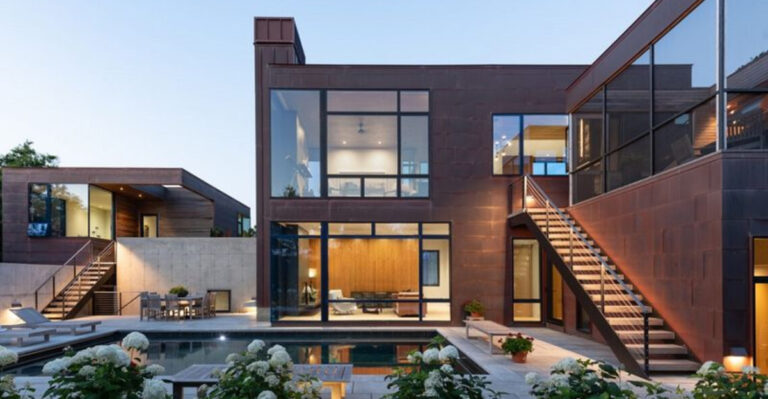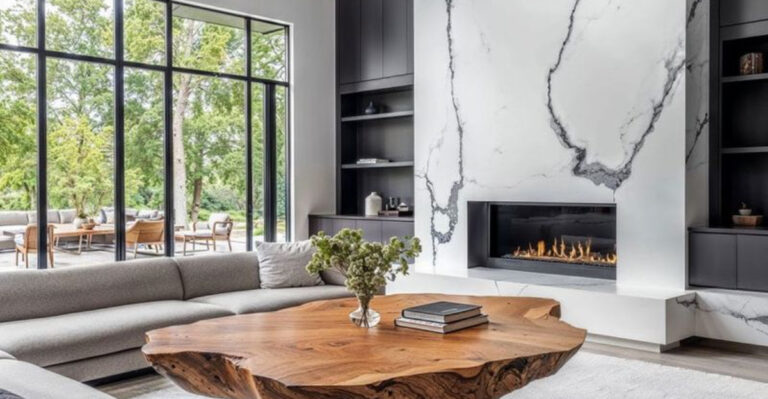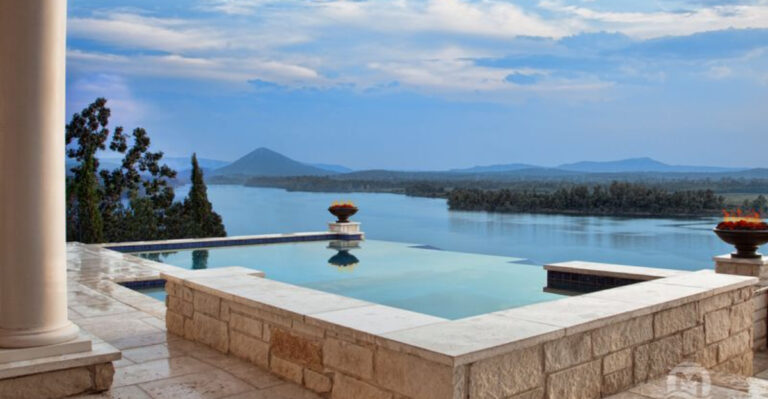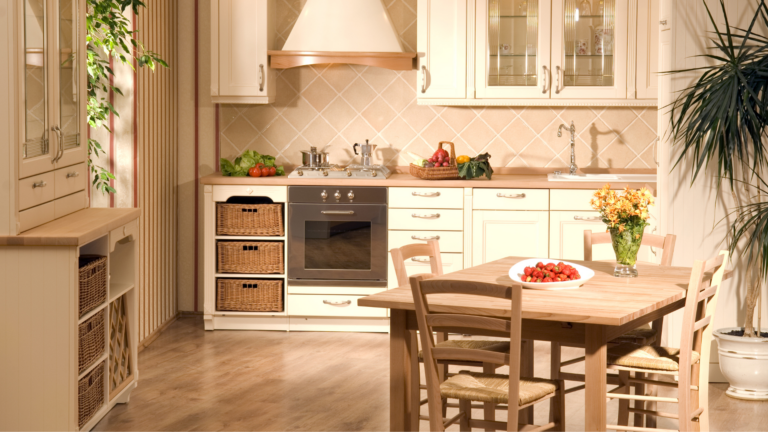17 Outdated Couch Styles That Should Have Stayed In The Past
I’ll be honest, some couches are better left in the past. I used to think that bulky, overstuffed recliner from the ‘90s was cozy, until I realized it made my whole living room feel like a time capsule.
There’s a fine line between vintage charm and design choices that just scream outdated. Your space should feel fresh, not frozen in a decade you barely remember.
I’ve learned that the right couch can totally transform a room, so if yours still looks like it came from a sitcom set, it might be time for an upgrade that actually fits your style today.
1. Floral Print Sofas With Giant Roses
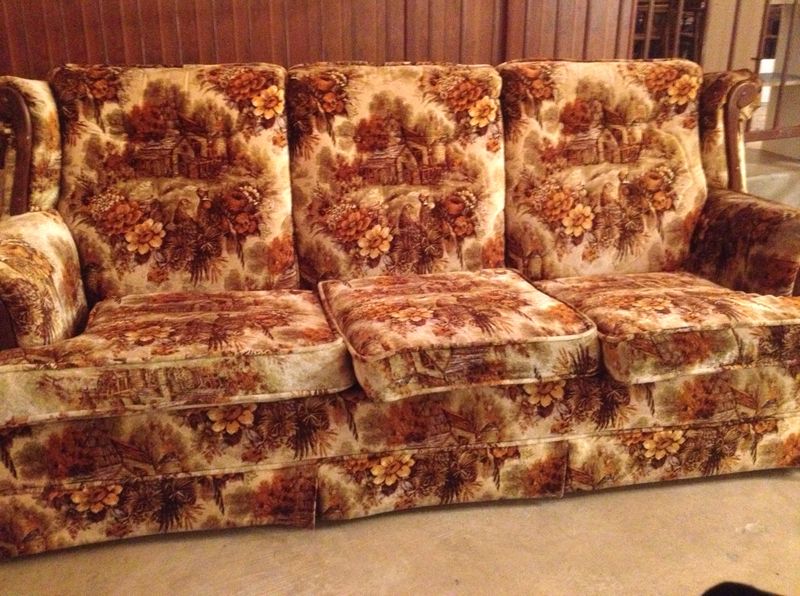
Giant cabbage roses sprawling across your sofa made perfect sense in the 1980s. Back then, bigger was always better, and subtlety took a backseat to bold statements.
These botanical nightmares dominated living rooms everywhere. Your grandmother probably loved hers dearly, but modern eyes see them as visual chaos.
Today’s homes favor clean lines and understated patterns. Save the flower power for your actual garden instead.
2. Sectionals With Built-In Cup Holders Everywhere
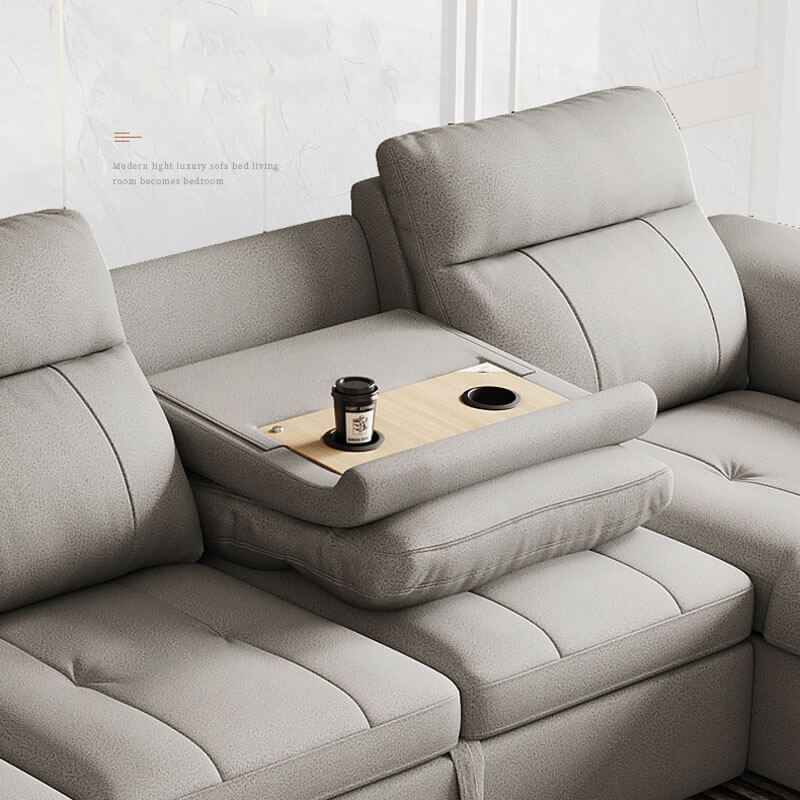
Cup holders seemed revolutionary when they first appeared on couches. Finally, somewhere safe for your beverage during movie marathons!
However, these contraptions quickly became eyesores. Too many compartments made sofas look like airplane seats rather than elegant furniture pieces.
Modern coffee tables and side tables serve the same purpose without turning your couch into a Swiss Army knife. Sometimes simple really is better.
3. Burgundy Velvet Chesterfields

Rich burgundy velvet once symbolized luxury and sophistication. Chesterfield sofas in this deep wine color graced many upscale homes during their heyday.
Unfortunately, this combination now feels heavy and dated. The dark color makes rooms appear smaller, while the formal style seems stuffy by today’s standards.
Lighter colors and more relaxed silhouettes work better in contemporary spaces. Leave the burgundy for your wine collection instead.
4. Southwestern Adobe-Style Couches
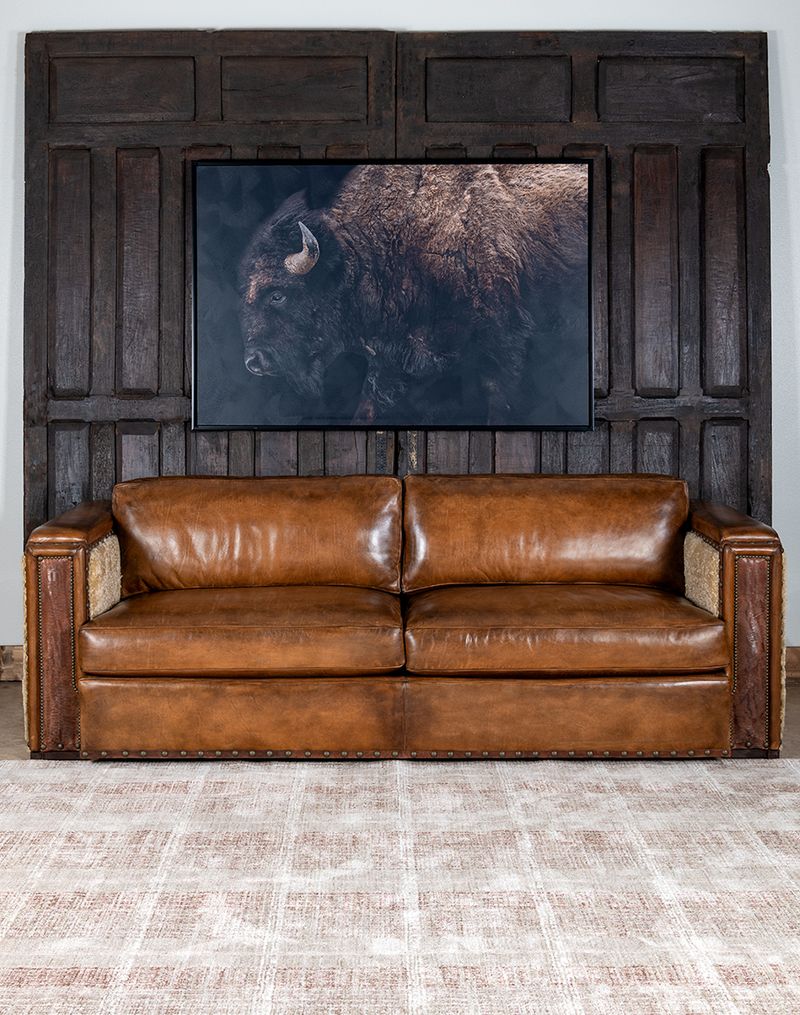
Southwest style ruled interior design during the 1990s. Adobe colors and geometric patterns transported living rooms straight to Santa Fe, whether you lived there or not.
These couches featured earthy tones and tribal motifs that felt authentic at the time. Now they look like costume pieces from a Western movie set.
Unless you actually live in the desert, this theme feels forced and outdated in modern homes.
5. Plastic Inflatable Furniture
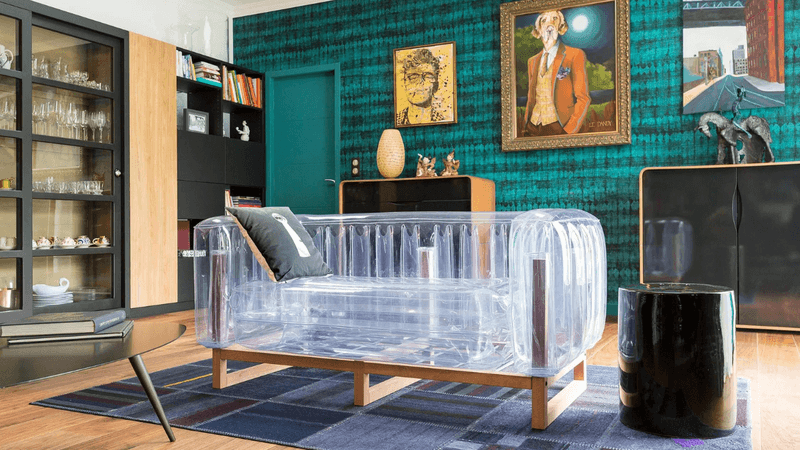
Remember when everything transparent was considered futuristic? Inflatable plastic furniture promised space-age living at bargain prices.
These see-through seats looked cool in magazines but proved uncomfortable and impractical in real life. They squeaked, deflated unexpectedly, and collected dust in every crevice.
Plus, sitting on plastic for extended periods was neither comfortable nor flattering. Some trends should stay in the past where they belong.
6. Overstuffed Chintz Armchairs
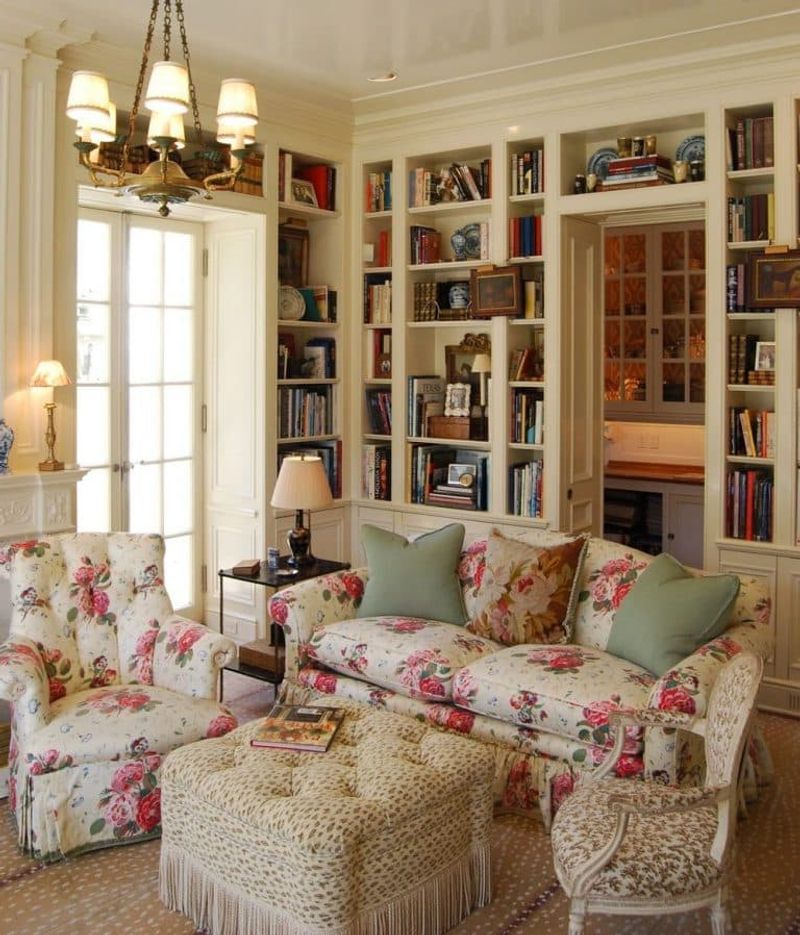
Chintz fabric with its glazed finish and busy patterns was everywhere in traditional decorating. These overstuffed chairs looked like they belonged in an English cottage.
Though charming in theory, they often overwhelmed smaller spaces. The excessive padding and fussy details made rooms feel cluttered rather than cozy.
Contemporary design favors cleaner lines and simpler patterns. Save the chintz for throw pillows if you must include it at all.
7. Black Leather Everything Suites
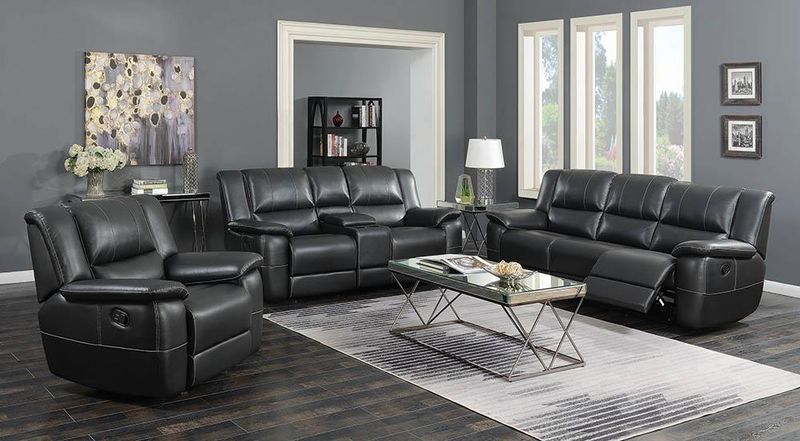
Matching black leather furniture sets promised instant sophistication. Showrooms displayed these coordinated suites as the height of modern luxury.
However, all-black rooms often felt cold and unwelcoming. The monochromatic approach lacked personality and visual interest that makes spaces feel like homes.
Mixed textures and varied seating create more inviting environments. Break up the darkness with different materials, colors, and styles for better balance.
8. Futons That Fooled Nobody
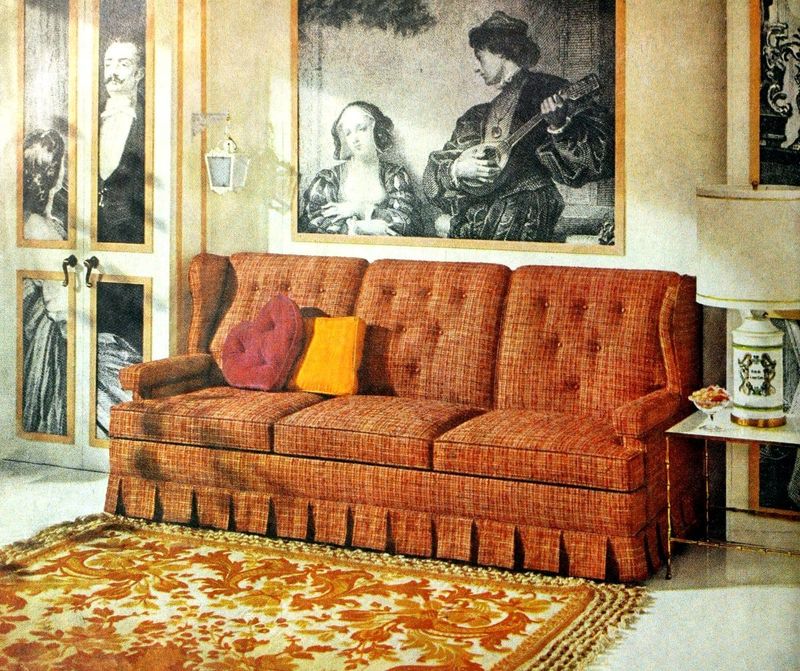
Futons promised dual functionality as both seating and sleeping surfaces. College students and apartment dwellers embraced these space-saving solutions enthusiastically.
Reality proved less impressive than marketing claims. Most futons were uncomfortable as couches and even worse as beds, satisfying neither function particularly well.
Today’s sleeper sofas offer genuine comfort in both configurations. Why settle for mediocre when you can have furniture that actually works properly?
9. Mauve And Dusty Rose Sectionals
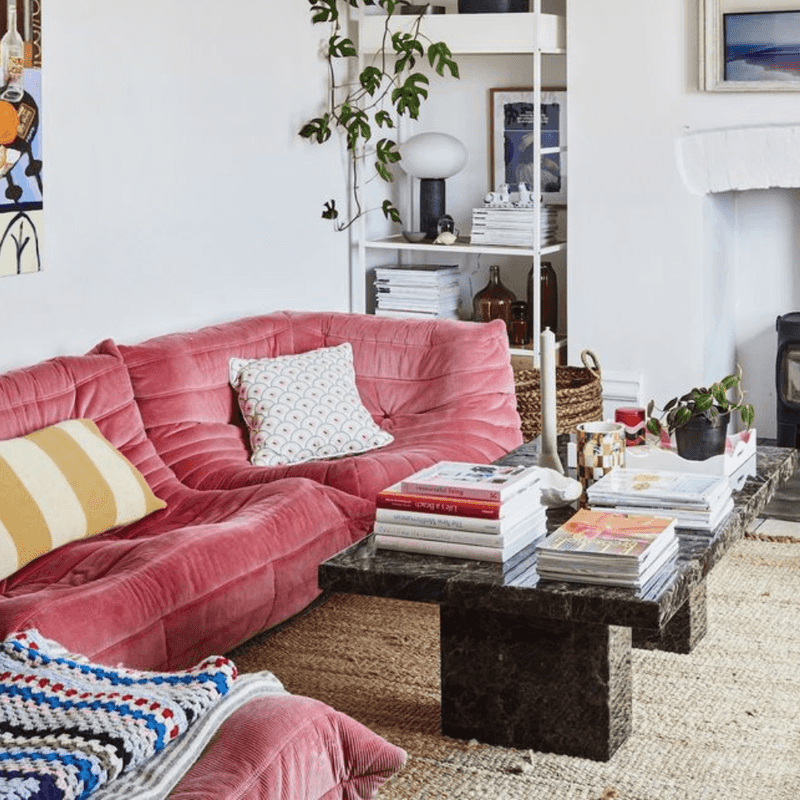
Mauve and dusty rose dominated color palettes throughout the 1980s. These muted pinks appeared sophisticated compared to brighter alternatives available at the time.
Looking back, these colors feel dated rather than timeless. They lack the warmth of true pinks or the neutrality of genuine beiges.
Current trends favor either bold, saturated colors or clean neutrals. These in-between shades just look wishy-washy by comparison to today’s confident color choices.
10. Conversation Pits With Sunken Seating

Conversation pits were the ultimate in 1970s entertaining spaces. These sunken seating areas promised intimate gatherings and sophisticated socializing.
Unfortunately, they also created accessibility issues and cleaning challenges. Spilled drinks had nowhere to go but down, and elderly guests struggled with the steps.
Modern open floor plans achieve the same social atmosphere without the physical barriers. Sometimes level ground really is the better choice for everyone involved.
11. Sleeper Sofas With Bar Mechanisms
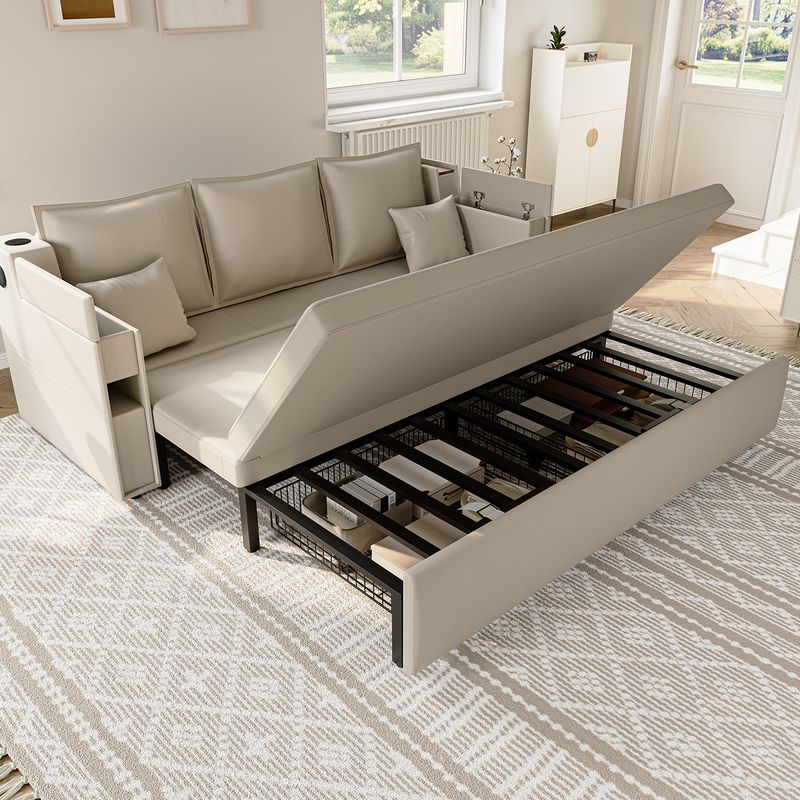
Old-school sleeper sofas came with notorious metal bars that dug into guests’ backs all night long. These torture devices masqueraded as thoughtful hospitality.
The mechanisms were clunky, the mattresses were thin, and nobody ever got comfortable sleep. Your guests probably preferred the floor to these medieval contraptions.
Modern sleeper technology has evolved dramatically. Today’s options offer genuine comfort without the infamous bar that haunted so many overnight visitors’ dreams.
12. Zebra Print Statement Pieces
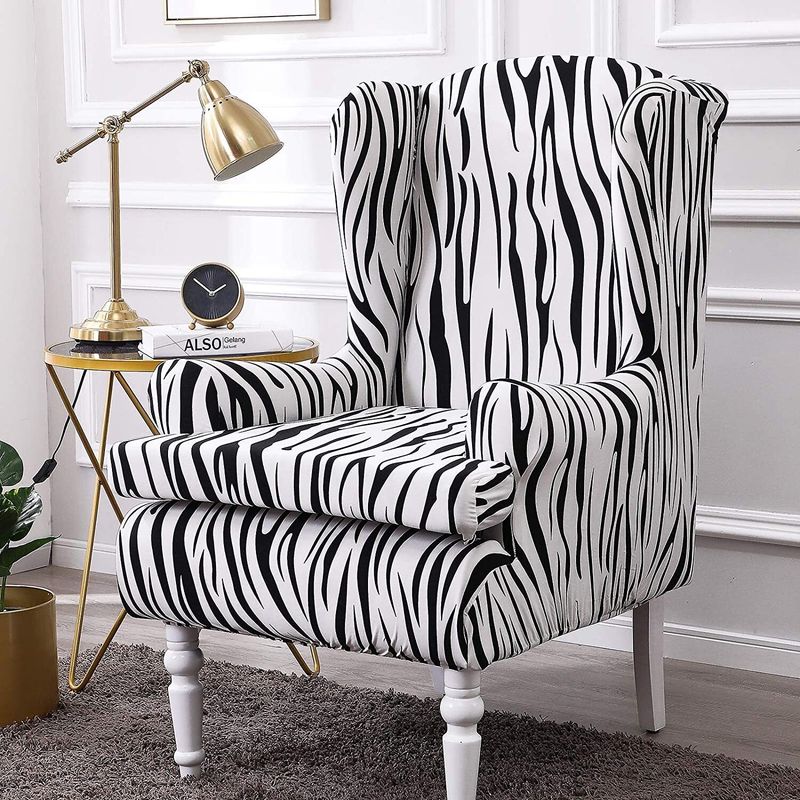
Animal prints had their wild moment in interior design. Zebra stripes seemed edgy and exotic, bringing safari vibes to suburban living rooms everywhere.
However, these bold patterns quickly became overwhelming focal points. They dominated rooms instead of complementing other design elements gracefully.
Subtle animal-inspired textures work better than literal reproductions. Save the zebra stripes for accent pillows rather than major furniture investments that you’ll tire of quickly.
13. Recliners With Attached TV Trays

These ultimate dad chairs promised convenience for television watching and snacking. Built-in trays meant never leaving your comfortable position for anything.
While functional, they looked more like medical equipment than attractive furniture. The attached accessories made rooms feel cluttered and institutional rather than homey.
Separate side tables offer the same functionality with better aesthetics. Your living room deserves furniture that looks good even when not in use.
14. Wicker Furniture For Indoor Use

Wicker furniture migrated indoors during certain decorating trends. These pieces brought natural textures and casual vibes to formal living spaces.
Unfortunately, indoor wicker often looked out of place and collected dust in every woven crevice. Cleaning became a nightmare, and the casual style clashed with other furnishings.
Keep wicker where it belongs – on porches and patios. Indoor spaces benefit from materials designed specifically for interior environments and easier maintenance routines.
15. Beanbag Chairs As Primary Seating

Beanbag chairs represented rebellion against traditional furniture constraints. These shapeless seats promised comfort and flexibility for the free-spirited generation.
Reality proved different from the fantasy. They provided poor back support, were difficult to get out of gracefully, and lost their shape quickly with use.
While fun for kids’ rooms or casual spaces, they never worked as serious living room seating. Adults need furniture that supports proper posture and easy movement.
16. Modular Foam Cube Systems
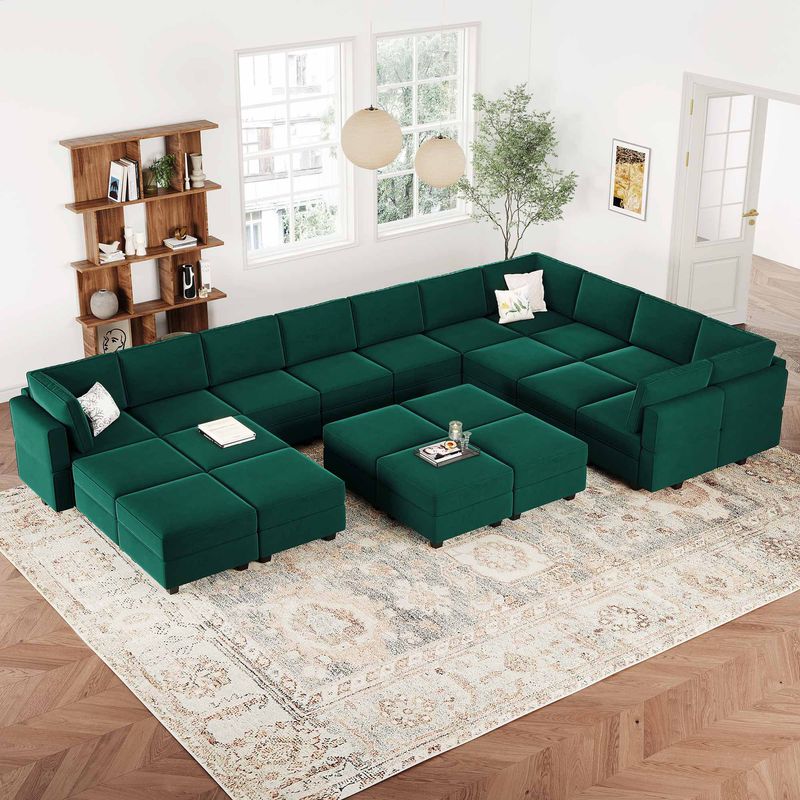
Modular foam cubes promised infinite flexibility and creative arrangements. These building blocks for adults could theoretically create any seating configuration imaginable.
In practice, they rarely stayed put and offered minimal comfort for extended sitting. The novelty wore off quickly when functionality failed to match the creative potential.
Traditional sofas exist for good reasons. Sometimes conventional furniture solutions work better than experimental alternatives that prioritize novelty over actual usability and comfort.
17. Rattan Peacock Chairs As Sofas
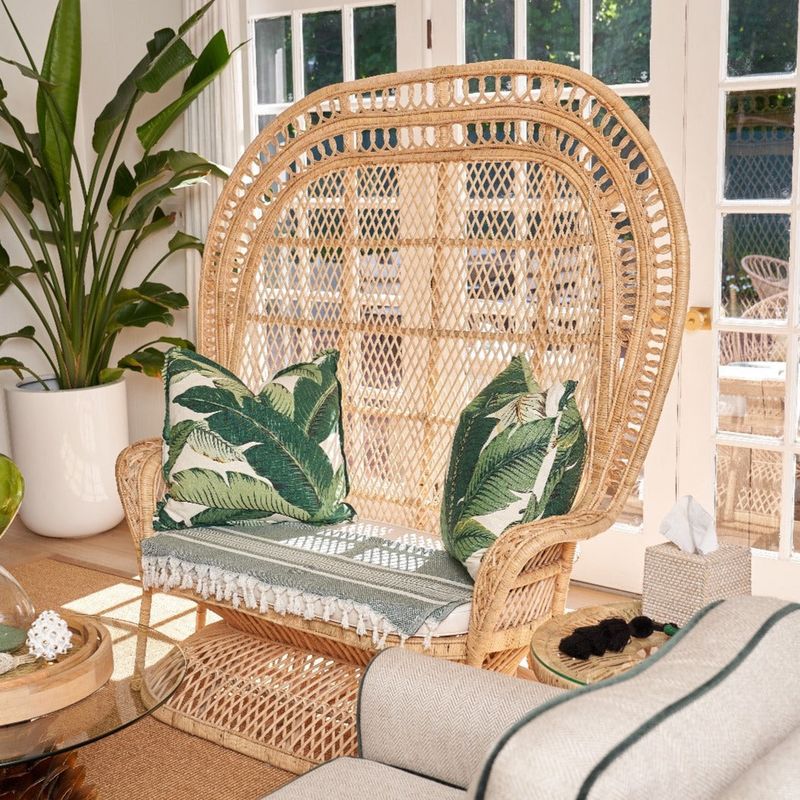
Peacock chairs made dramatic statements with their fan-shaped backs and intricate rattan construction. These throne-like seats commanded attention in any room they occupied.
However, they were designed for single occupants, not group seating. Using them as primary living room furniture left guests with nowhere comfortable to sit together.
Appreciate these beautiful pieces as accent chairs rather than main seating. Every room needs conversation areas where multiple people can relax comfortably side by side.


